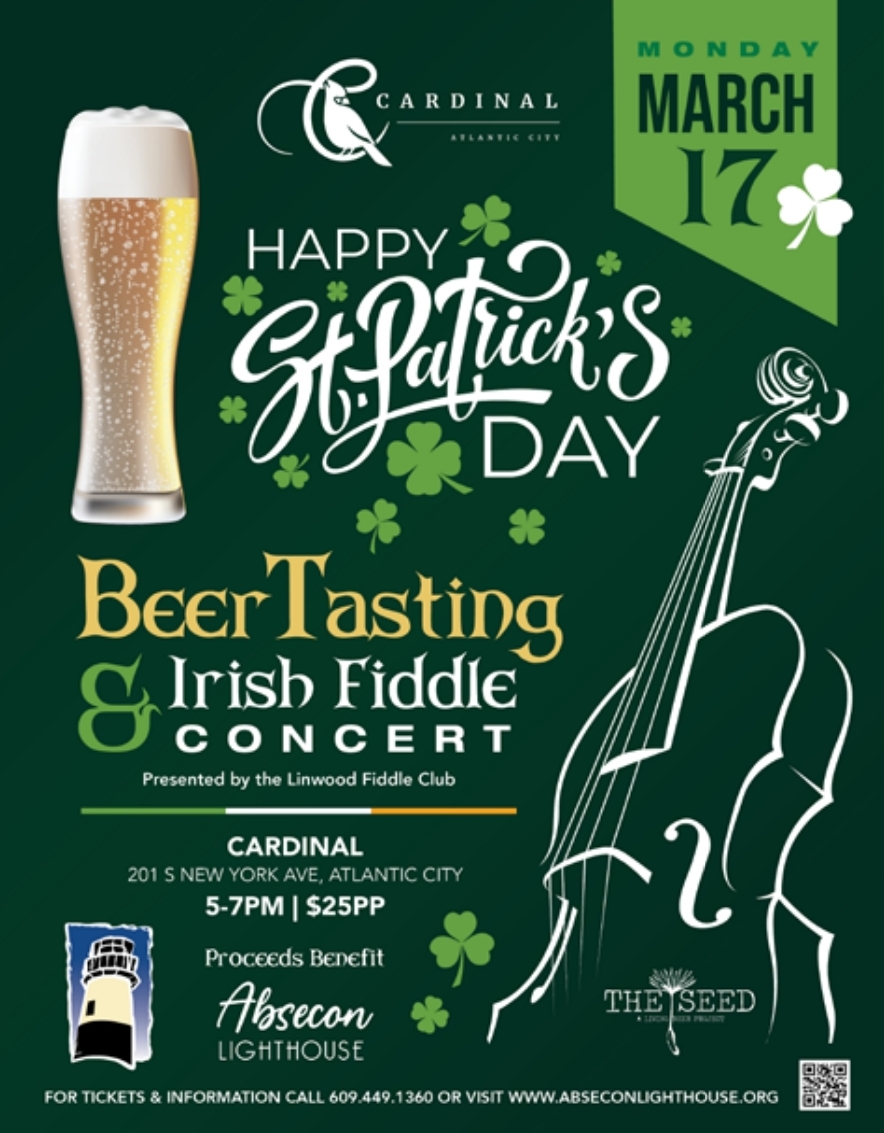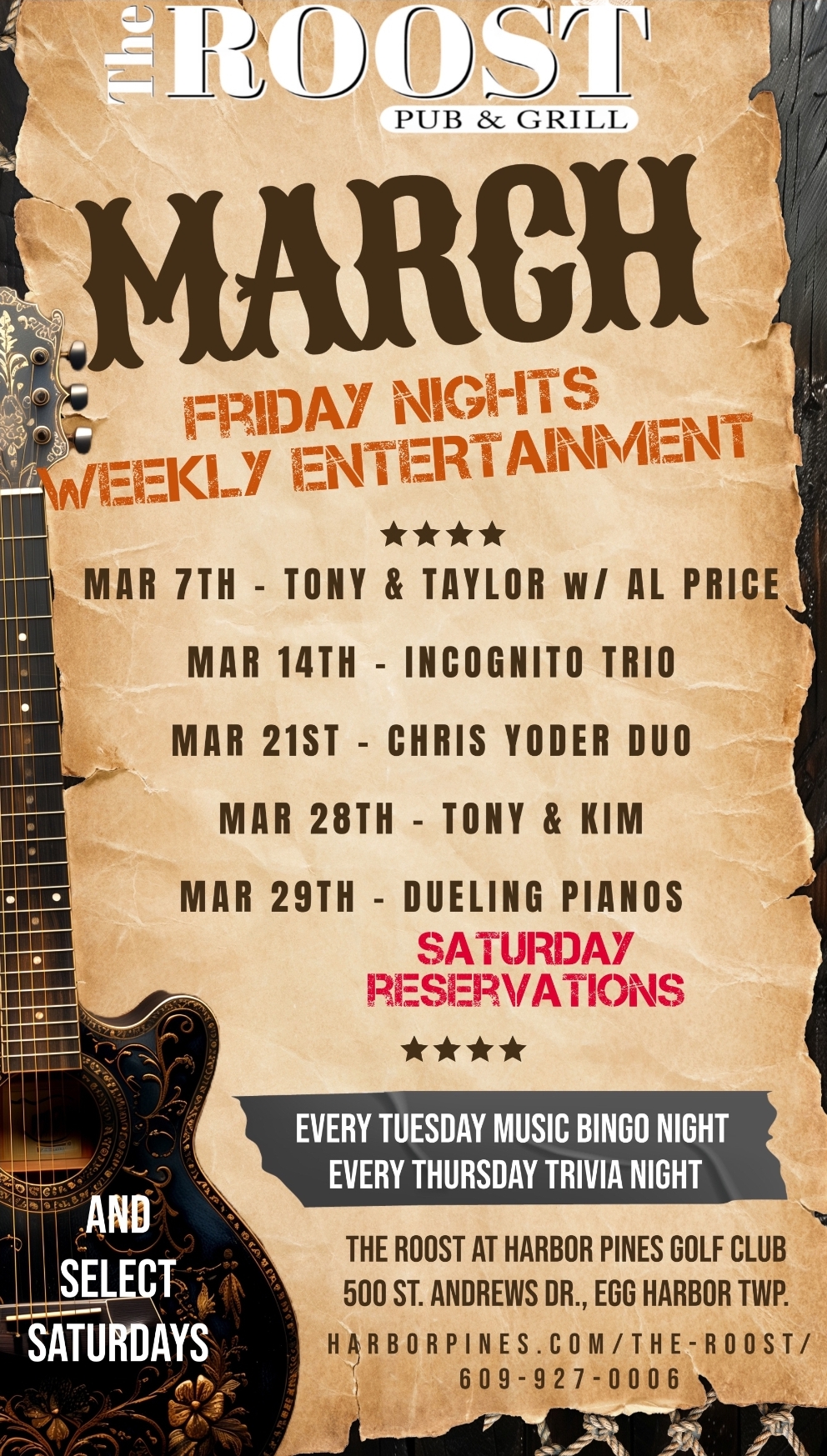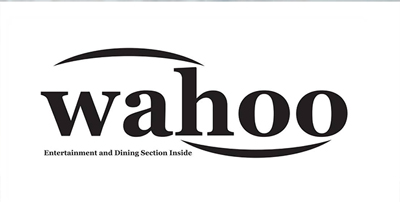By Douglas Keefe
Most people who start coin collections, me included, begin by purchasing one of those folders that have holes for all the dates and mints where you insert the coins you find in pocket change or while going through coins given by relatives. Ultimately, unless you are very lucky, there will be some coins that just are elusive and can’t be found that way. To continue your collection, it becomes necessary to purchase some of the missing coins, either by going to coin shops or visiting coin shows. These purchases can be modest at first, but can escalate when some of the last holes in the folder remain open.
The last coins needed to finish a set of coins typically have the lowest mintage figures and are known as semi-keys and keys, the term “key” referring to the fact that they are the key to finishing the set. Because some of these key and semi-key coins can have a modest to expensive price tag, many collections are missing those coins.
A different way to collect, and it could be considered investing rather than collecting, is to accumulate only the “keys” of a set of coins. Don’t bother with the folder, just purchase the coins that are missing from most collections. The way to approach this is to select the rarest coin in each series and to plan on buying a coin that is at least “Fine” condition. A coin in “Fine” condition is midgrade, that is it has wear, but most of the detail is visible. Look at the price of the coin you are considering purchasing in Fine condition, then check to see if a higher grade coin could be obtained for only a little more money.

Key 1909-S VDB Lincoln Cent
For example, I’ll start with the Lincoln Cent series of coins that were first minted in 1909. In 1909, the one cent coins were struck in both the Philadelphia and San Francisco mints. Initially the coins were meant to have the designers’ initials (V.D.B. for Victor D. Brenner) on the reverse of the coin at 6 o’clock near the rim. There was a lot of opposition to this, so the coin was redesigned with the initials removed. Since the mintage figures for the San Francisco minted cents with the “V.D.B” on the reverse is less than half a million coins whereas all the other coins have multiples of million coins struck, this is the “Key” to the cent collection.
Now, what grade coin to purchase? A 1909-S VDB one cent coin in Fine condition will cost in the vicinity of $625-$650 whereas the next grade, Very Fine, will only cost a little over 10% more, so I would opt for the next grade. Some collectors with a little more financial backing could look at the price of an uncirculated specimen which is priced at about double the price of the “Fine” graded coin and feel it would be a better investment to purchase the higher-grade coin.
Since most collectors do have limited resources, I would suggest sticking to the approach of buying a higher graded coin than one in Fine condition only if the difference in price for the next higher graded coin is in the 10%-15% range.
Also, when buying these coins, only purchase ones that have been graded by PCGS or NGC. This will avoid disappointment later.
The 1909-S VDB Lincoln cent is my first choice, but there are key dates in every series of coins, from cents to dollars. Putting together a collection of “key” coins can be challenging but very rewarding as these coins typically escalate in value over the years.
Douglas Keefe and his wife Linda are owners of Beachcomber Coins and Collectibles in Egg Harbor Township.















